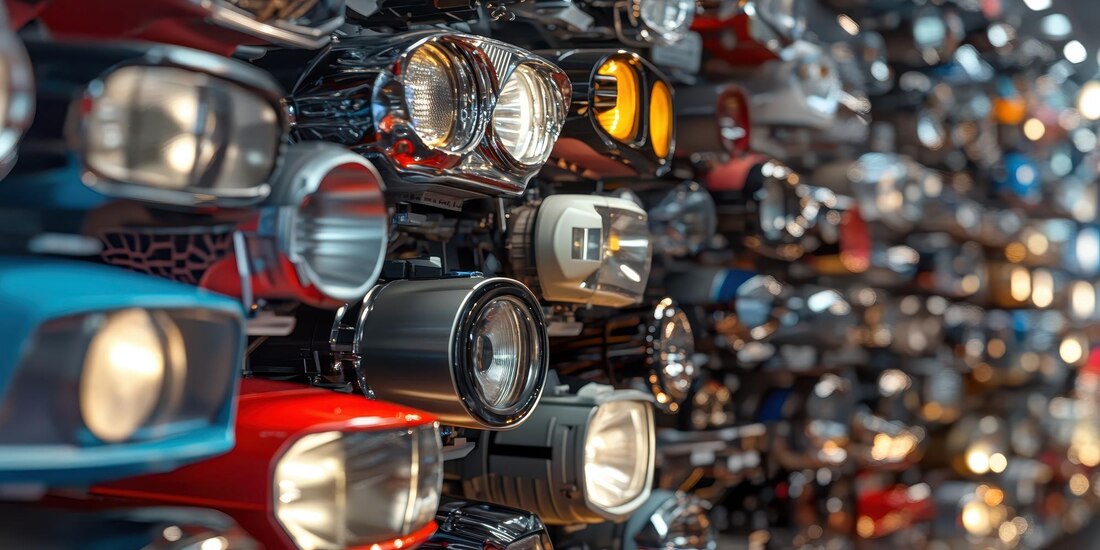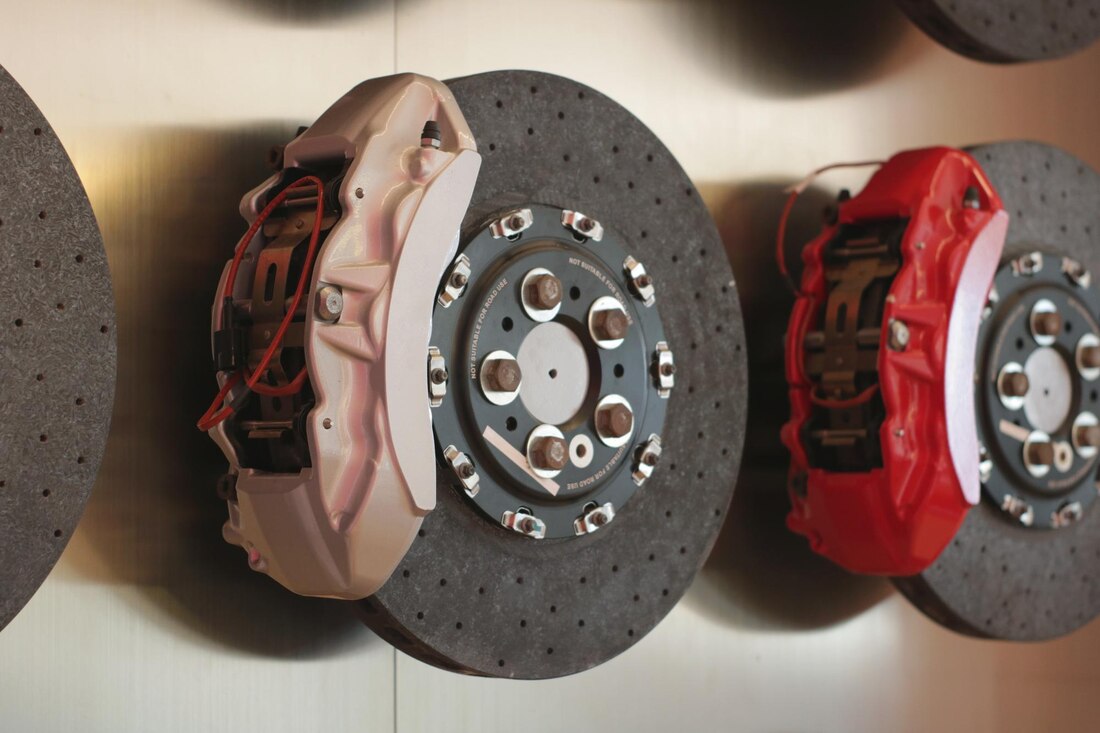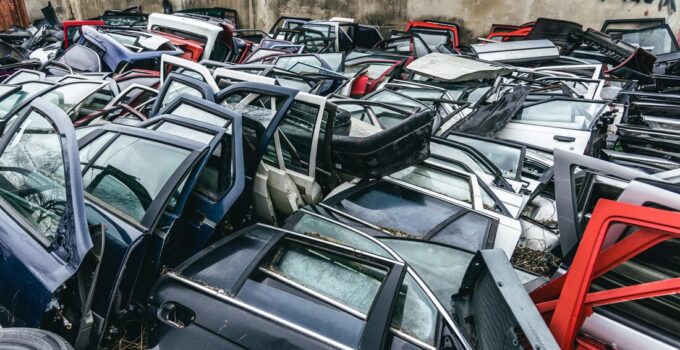With new tariffs, fees, and rising vehicle complexity, sourcing reliable car parts at the right price is a necessity.
While car repair shop, manufacturer, and even mechanic wanted to maintain costs low before the previous issues, doing so was simpler.
Buying at retail was still doable, and costs could be measured in other ways.
However, everything is more expensive. Everything is not the same quality, and everything is simply changing.
As a result, sourcing reliable car parts has been moving around surplus and liquidation deals, especially for resellers and repair shops.
OEM car parts liquidation and surplus channels offer a direct path to genuine components at automotive parts wholesale prices.
What’s the catch?
Navigating the differences between OEM and aftermarket, authenticating inventory, and choosing the right strategy are critical for success. Otherwise, everything crumbles in no time.
At Coastal Surplus Solutions, we want to show you how to make it profitable and also a benefit for your own store or business.

OEM vs. Aftermarket: Value Differences and Customer Preferences
What makes one option better than the other? Or how should you be managing this?
The debate between OEM and aftermarket parts is central to any car parts surplus inventory strategy.
Thus, it isn’t a topic or conversation you can escape. We want to make it simple for this very reason:
| Feature | OEM (Original Equipment Manufacturer) Parts | Aftermarket Parts |
| Source | Designed and made for the vehicle brand | Made by independent manufacturers |
| Price | Higher; can be 60% + more than aftermarket | Lower, but quality varies |
| Quality | Consistent, identical to factory parts | Variable; some match or exceed OEM |
| Warranty | Manufacturer warranty (often 12+ months) | Limited or no warranty |
| Availability | Traditionally through dealerships, now online liquidation channels | Widely available |
OEM parts are preferred for critical repairs. You don’t want a vehicle to leave the place and immediately breakdown again.
You also want them for advanced tech (ADAS sensors, EV modules), and customers who want the assurance of a perfect fit and, most of the time, factory warranty.
Aftermarkets, on the other hand, can offer savings and a broader selection. However, quality and compatibility must be checked.
Popular Categories: Brake Parts, Filters, Electrical Components
What should you buy?
When maximizing profits and reducing costs, you want to make sure you are going for the items that are worth it.
Among them, OEM components liquidations always offer high-turnover categories such as:
- Brake pads, rotors, and calipers.
- Filters for oil, air, and cabin filters. All of them are fast-moving and benefit from OEM consistency.
- Electrical components like sensors and alternators. You can also source starters and modules.
- Body and trim, but mainly door panels and quarter glass.
- Powertrain like water pumps, timing belts, and gaskets. OEM reliability is valued in those cases.
The rest of the parts can be sourced as aftermarket, but everything depends on the client as a whole.
On your end, always try to go to OEM more than aftermarket if you see that your clientele buys it.
Authentication: Verifying Genuine OEM Components
The rise of automotive liquidation for resellers brought opportunities, but also scams.
You need to go over every authenticity step and focus on how you can provide your clients and customers with safety.
Always go over every step and avoid having more problems included in all of this.
- Check packaging and part numbers. Make sure they match and the barcodes are there.
- Supplier reputation is key to know if your purchase and parts are reliable. Focus on reviews and previous testimonials.
- Documentation, especially if they are certified and offer warranty.
- Visual inspection on scratches, any signs of damage, and so on.
According to the Creative Development, selling counterfeit or misrepresented parts can be costly. You will face recurring returns and experience issues with your reputation. Save yourself this hassle.

Resale Strategies: Online Platforms vs. Direct-to-Shop Sales
Once you have your items, how can you maximize your profits?
Each product tends to have a specific channel that is more viable than the other. That being said, car parts and how they are resold are mostly based on two general options:
- Online platforms like eBay Motors, Amazon, and dedicated auto parts sites can work. they have a massive reach and can connect you to the right buyers.
- Direct-to-shop sales are more on the side of independent repair ships and regional distributors. It may be slower, but you can build long-term relationships with people that work with high-volume approach. This will sell your inventory fast.
Or go for the mixed option. it is always good to adjust to market trends and depending on the inventory flow.
Feel free to contact Coastal Surplus Solutions and inquire about resales, how to work with projects, and have your entire surplus parts handled by professionals.




